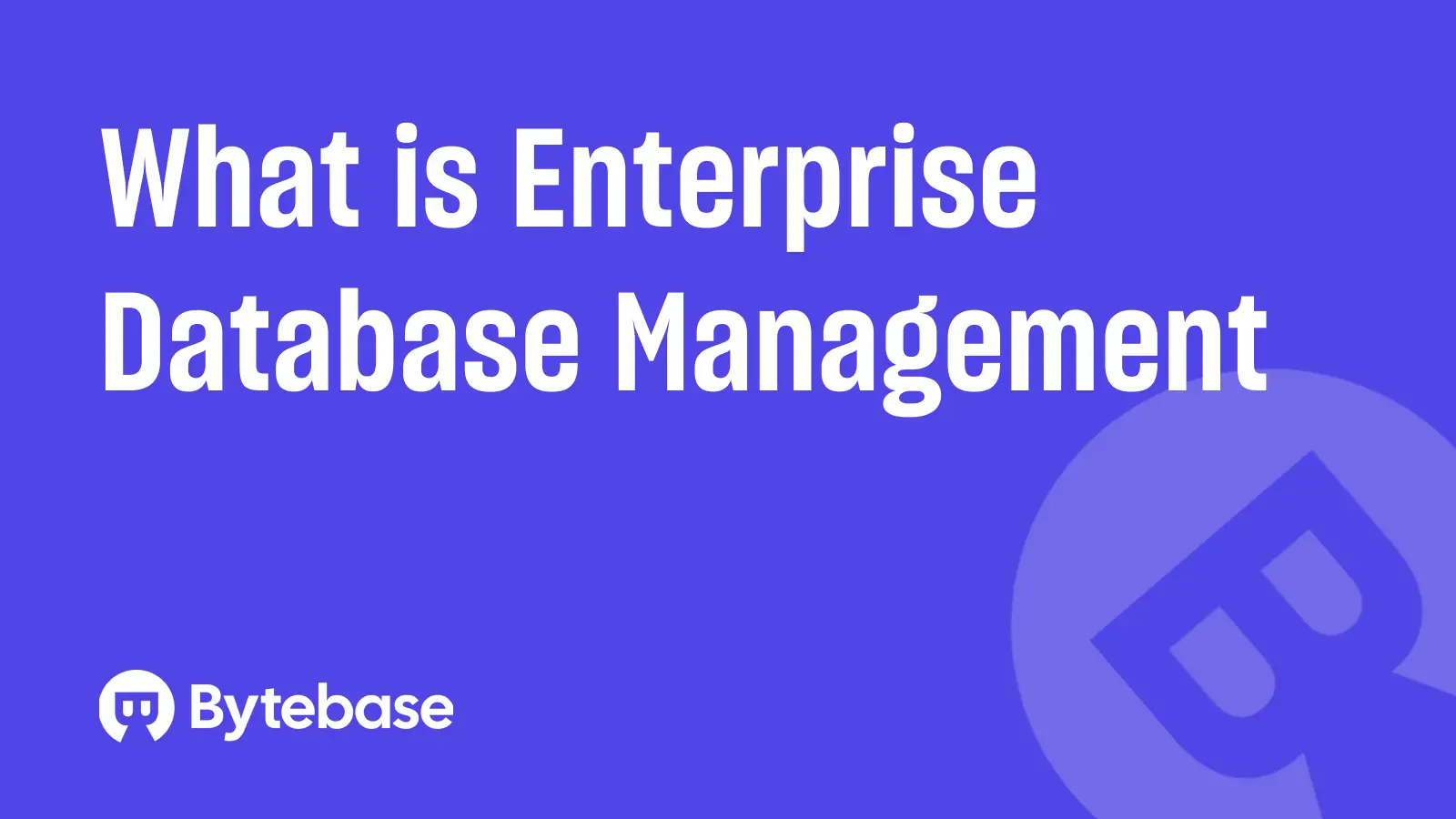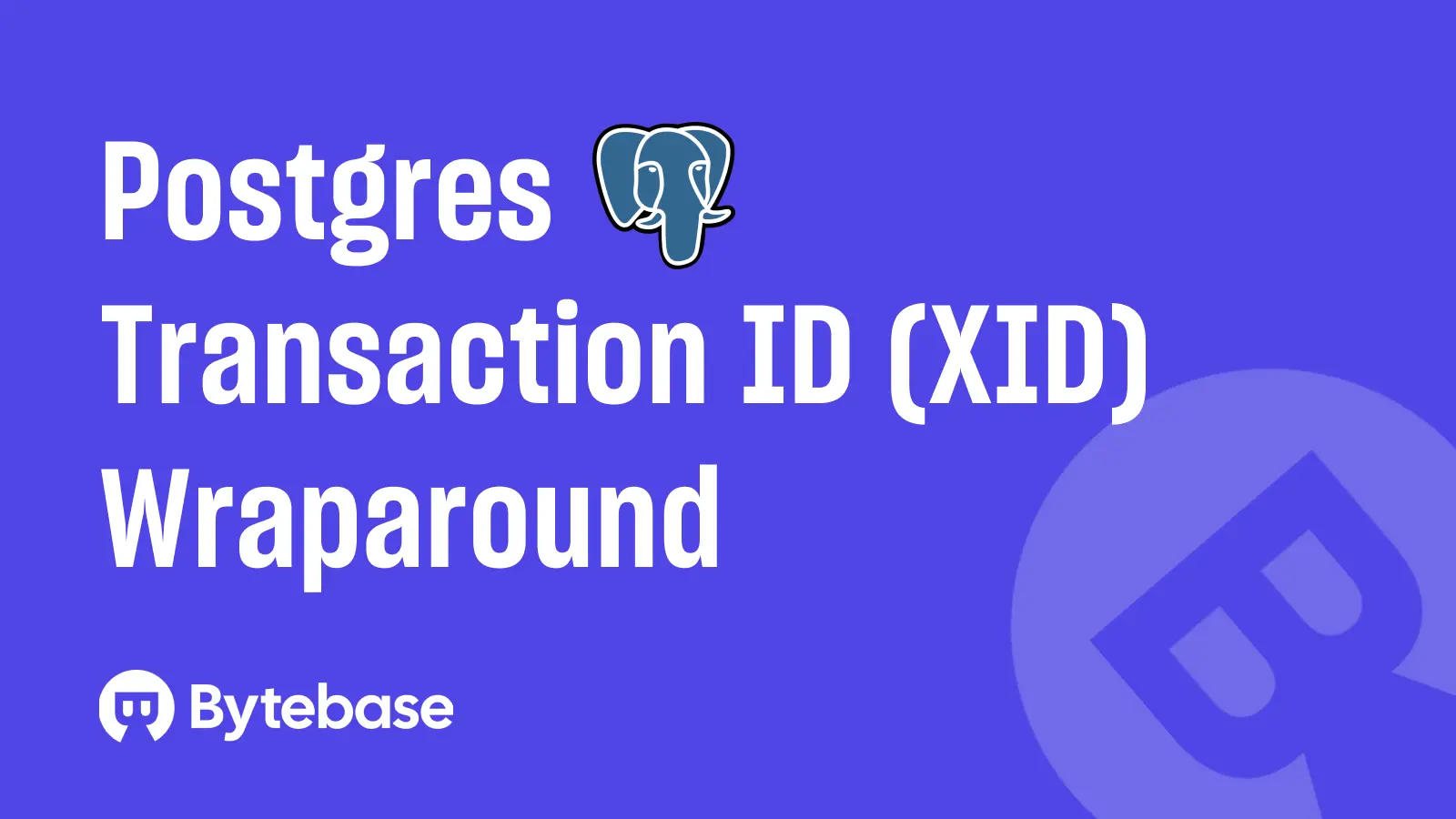
Postgres is famously robust, but its connection model isn't. Each client connection maps to a dedicated backend process with non-trivial memory and CPU overhead. Spinning up and tearing down connections is expensive, and even "idle" sessions consume resources. Choosing a safe max_connections is more art than science: too low and your app queues; too high and the database wastes RAM and scheduler time.
A connection pooler sits between apps and Postgres to reuse a small number of server connections across many clients, smoothing spikes and protecting the database.
Below is a quick, practical tour of the leading open-source options.
PgBouncer (the standard)
https://github.com/pgbouncer/pgbouncer
What it is. A lightweight, single-binary connection pooler that's been battle-tested for years. It supports session, transaction, and statement pooling modes, each with trade-offs. Recent releases added quality-of-life improvements like per-user/per-database connection tracking/limits and better TLS reload behavior; prepared-statement support is now on by default.
Why it's popular:
- Minimal footprint and easy to deploy nearly anywhere.
- Works with managed Postgres (RDS, AlloyDB, etc.) and on-prem clusters.
- Integrated by many operators (e.g., CloudNativePG offers a
PoolerCRD).
Good fit for: most apps needing stable concurrency control and simple ops.
Cloudflare's fork of PgBouncer (cf-pgbouncer)
https://github.com/cloudflare/cf-pgbouncer
What it is. Cloudflare open-sourced their internal fork to harden multi-tenant ops. It includes auth bug fixes and features to enforce per-user and per-pool isolation, addressing cases where upstream behavior with HBA auth limited those controls. The fork targets large-scale, multi-tenant environments where noisy-neighbor isolation matters.
Good fit for: high-scale providers and anyone needing stricter tenant isolation/concurrency enforcement at the pooler layer. For deeper context on CF's multi-tenant performance isolation goals, see their companion post.
Supavisor (Supabase)
https://github.com/supabase/supavisor
What it is. A cloud-native pooler built by Supabase (written in Elixir) that emphasizes horizontal scalability and multi-project tenancy. Supabase demonstrated handling ~1 million concurrent client connections in testing, highlighting an architecture designed for massive fan-out with lightweight client slots mapped onto a smaller set of server connections. Supavisor now ships as their default pooler.
Good fit for: SaaS platforms or services expecting very high connection counts (IoT, event streams, lots of short-lived clients) and wanting modern autoscaling patterns.
PgDog
https://github.com/pgdogdev/pgdog
What it is. A newer Rust project that combines connection pooling, load balancing, and sharding in one layer. It supports session and transaction pooling "like PgBouncer", and advertises the ability to fan out to hundreds of thousands of clients while also offering horizontal scale primitives. Docs include admin views (e.g., SHOW POOLS) and telemetry.
Good fit for: teams wanting a single, high-performance proxy that also tackles routing and (eventually) scale-out patterns beyond pooling.
How to choose (and what to watch for)
1) Pick the pooling mode wisely
- Session pooling: 1 client ↔ 1 server connection for the session's life. Maximum compatibility (works with temp tables, GUCs, prepared statements) but fewer concurrency gains.
- Transaction pooling: server connections are returned to the pool after each transaction - huge concurrency boost, but features that rely on session state can break (many ORMs are fine if you avoid session-scoped behaviors).
- Statement pooling: most aggressive; rarely needed outside special cases.
2) Enforce limits at the pooler Use per-user/per-database caps to protect Postgres from thundering herds and to keep tenants in bounds. Upstream PgBouncer and Cloudflare's fork provide controls here.
3) Mind prepared statements & features Prepared statements historically clashed with transaction pooling; newer PgBouncer releases improved behavior and defaults, but test your ORM/framework.
4) Deploy for HA like any stateless proxy Run multiple poolers behind a VIP/Load Balancer; configure health checks and drain/reload flows (especially with TLS). Cloud providers and operators (e.g., CloudNativePG) can simplify this.
5) Tune the basics
Right-size server_pool_size, max_client_conn, and timeouts based on your workload's concurrency and transaction duration. Heroku's PgBouncer guidance gives a clear mental model (pools are per user/db/host tuple).
Quick comparison
| Project | Headline strengths | Maturity | Implementation language | Notes |
|---|---|---|---|---|
| PgBouncer | Lightweight, ubiquitous, three pooling modes | Very mature | C | Great default choice; wide community/packager support. |
| cf-pgbouncer | Multi-tenant isolation; auth fixes | Mature fork | C | Useful when you need stricter per-user/pool controls. |
| Supavisor | Cloud-native scale; demonstrated ~1M clients | Young → maturing | Elixir | Optimized for massive fan-out and provider use cases. |
| PgDog | Pooler + load balancer + sharder (Rust) | Emerging | Rust | Ambitious all-in-one proxy with horizontal scale features. |
Bottom line
- Start with PgBouncer for most apps; it's simple, well-documented, and production-proven.
- If you're a multi-tenant platform and need hard per-user/pool isolation, evaluate Cloudflare's fork.
- If your challenge is sheer connection volume (hundreds of thousands to millions), Supavisor is built for that world.
- If you also want routing/sharding alongside pooling, keep an eye on PgDog.
Whichever you choose, treat the pooler as part of your capacity and SLO strategy: cap concurrency, keep transactions short, and monitor pool saturation to keep Postgres fast and happy.


